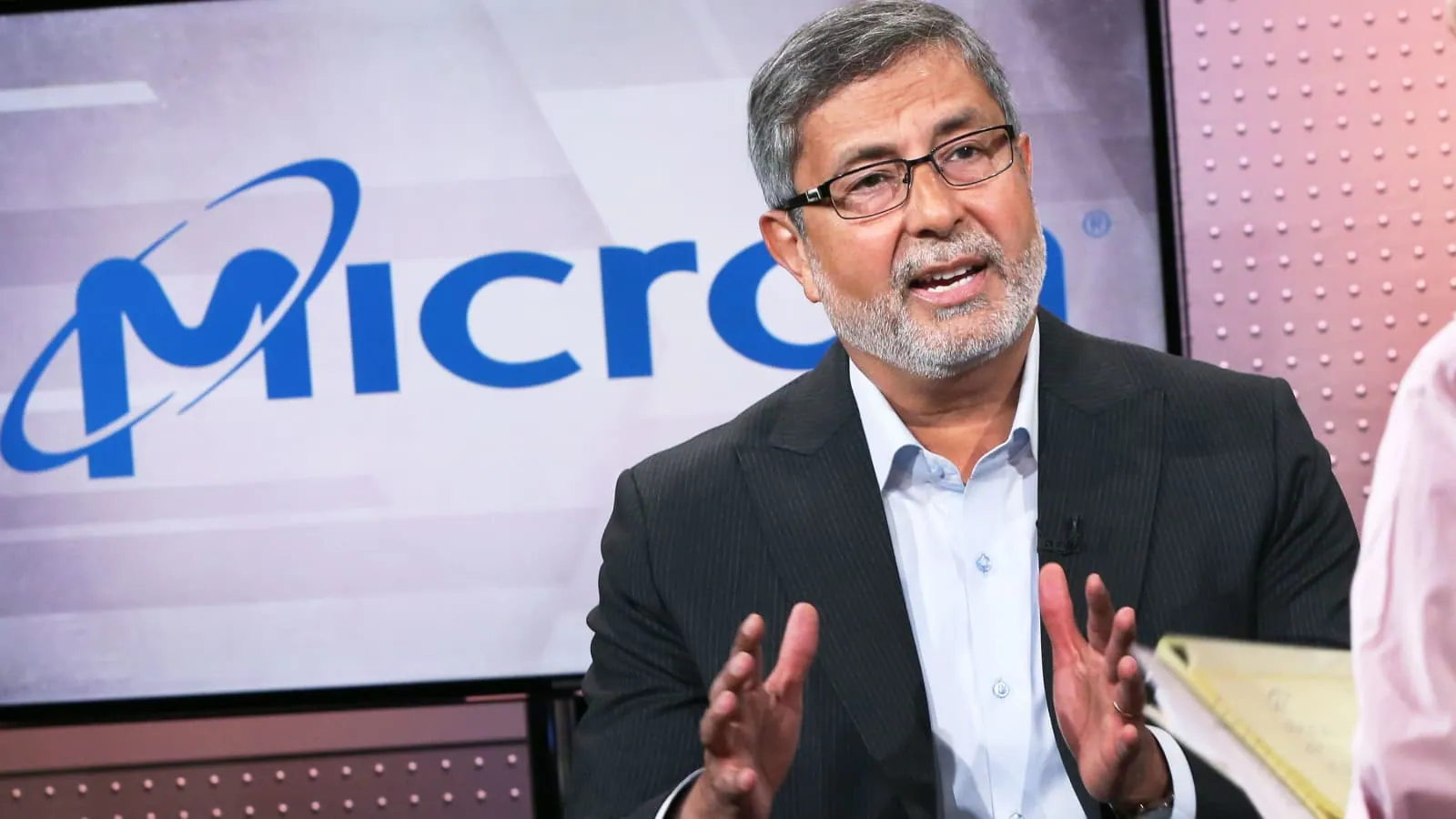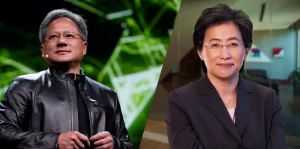Introduction:
In the fast-paced world of semiconductor technology, the battle for dominance has taken a legal turn as China’s Yangtze Memory Technologies (YMTC) recently sues US-based Micron Technology.
This move comes amidst a backdrop of geopolitical tensions and trade restrictions between the US and China, adding an intriguing layer to the ongoing tech war.
In this blog post, we will delve into the details of the lawsuit, the patents in question, and the broader context surrounding this Memory TechWar.
Why China’s YMTC Sues Micron :
The conflict between YMTC and Micron is not solely confined to the courtroom. The timeline of events leading up to this legal showdown reveals a series of retaliatory measures taken by both the US and Chinese governments.
A year ago, the US Commerce Department imposed export restrictions on YMTC, aiming to limit their access to Western semiconductor machinery.
Despite these restrictions, YMTC managed to make significant strides in semiconductor technology, culminating in the production of 1 terabyte flash memory chips, directly competing with Micron’s latest offerings.
In response, China’s Cybersecurity Review Office banned the sale of Micron’s memory chips to Chinese firms, escalating tensions further.
The situation intensified with the US Commerce Department imposing tighter export restrictions, potentially dealing a severe blow to YMTC’s operations.
In the context of these developments, YMTC strategically filed a lawsuit against Micron in the Northern District Court of California. The timing coincided with a meeting between US President Biden and Chinese President Xi in San Francisco.
Read More: China Makes World’s Most Advanced 3D NAND memory chip Despite US Sanctions
The Lawsuit:
The crux of YMTC’s legal action revolves around eight US patents, each detailing innovations in memory technology. Let’s examine these patents in detail:
- US10950623 – 3D NAND Memory Device and Method of Forming the Same
Link to Patent - US11501822 – Non-volatile Memory Device and Control Method
Link to Patent - US10658378 – Through Array Contact (TAC) for Three-dimensional Memory Devices
Link to Patent - US10937806 – Through Array Contact (TAC) for Three-dimensional Memory Devices
Link to Patent - US10861872 – Three-dimensional Memory Device and Method for Forming the Same
Link to Patent - US11468957 – Architecture and Method for NAND Memory Operation
Link to Patent (Google)
Link to Patent (USPTO 1)
Link to Patent (USPTO 2) - US11600342 – Read Time Of Three-dimensional Memory Device
Link to Patent - US10868031 – Multiple-stack Three-dimensional Memory Device and Fabrication Method Thereof
Link to Patent
(Note: Patents marked with ** are applications filed and not yet granted.)
In 2019, YMTC strategically assembled a team of patent lawyers in San Francisco to fortify their legal stance. Upon reviewing several of these patents, an intuitive observation arises—much of the technology appears to be rooted in prior art.
The observed architecture closely resembles the commonly used staircase design in the semiconductor industry by major players such as SK Hynix, Samsung, Micron, Kioxia, and Western Digital.
This raises a crucial point: the mere issuance of a patent doesn’t automatically ensure strong defense in court. The challenge stems from the widely adopted and established nature of the architectural framework, casting doubt on the exclusivity and originality of YMTC’s asserted innovations.
Read More: How China Circumvented US Restrictions to Unveil 120 Layer NAND Flash
Conclusion:
The story of China’s YMTC Sues Micron is a complex intersection of technological innovation, geopolitical tensions, and legal maneuvering.
As the lawsuit unfolds in the Northern District Court of California, the outcome will undoubtedly have profound implications for the semiconductor industry.




